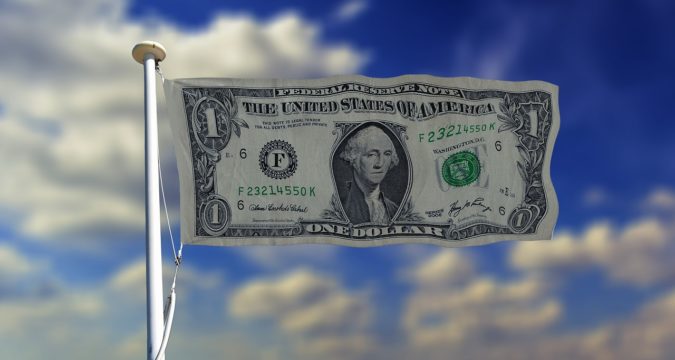
On Wednesday, Sterling declined against a strengthening U.S. dollar, as markets became risk-averse due to a resurgence of coronavirus infections in Europe, which has prompted new lockdown measures thereby threatening the progress of a global economic recovery. On Sunday, Italy entered into a new lockdown phase, and France is now expected to impose new restrictions on activities. According to a draft resolution, Angela Merkel, the German Chancellor, wants to shut down all bars and restaurants from November 4th. Boris Johnson, the British Prime Minister, is being pressurized for a new lockdown, as the government believes that the second wave of COVID-19 will be deadlier than the first one.
For the third consecutive trading session, global equities declined and the London FTSE 100 fell to its lowest value in the last six months. With investors seeking safety, the U.S. dollar saw a rise in value. Market strategists said that the pound was likely to remain a bystander in the global forex dynamics due to an empty data calendar and a softening in the news flow related to Brexit. The pound declined by 0.4% against the U.S. dollar and was trading at $1.2993. As compared to the euro, sterling was trading at 90.53 pence, down by 0.2%.
In the last few weeks, Brexit developments had driven Sterling, as there are just two months for the European Union and Britain to come to a trade agreement for when their transition period would come to an end on December 31st, 2020. Michel Barnier, the chief negotiator for the European Union, is in London for continuing the negotiations, after which they will continue in Brussels. Despite intra-day movements, the euro-sterling has remained mostly rangebound and since early September, they haven’t gone below the key level of 90.00. However, analysts believe that this level could be tested because the resurgence of coronavirus infections could lead to additional idiosyncratic weakness in the EUR.
The U.S. presidential elections scheduled for November 3rd are a major focus for investors and markets at this point. Indicators of the implied volatility between sterling and dollar, having one-week maturities climbed to their highest level since September 14th. This is a sign that heightened volatility is expected by traders in a week’s time, which would be the next day of the U.S. elections. There was also an increase in the one-week volatility of Euro-sterling, but it was the highest it has been since last Friday.
According to an Imperial College London study, the protection suggested for dealing with the coronavirus may not be long-lasting. Hence, analysts believe that it could be the reason behind the declining risk appetite. Furthermore, the chair of the vaccine task force in the UK said that the first generation of coronavirus vaccines may not work for everyone and are probably going to be imperfect. On Wednesday, British researchers also stated that there are significant issues with the quality and availability of the COVID-19 data available in England, which could have an impact on the vaccine development process.


